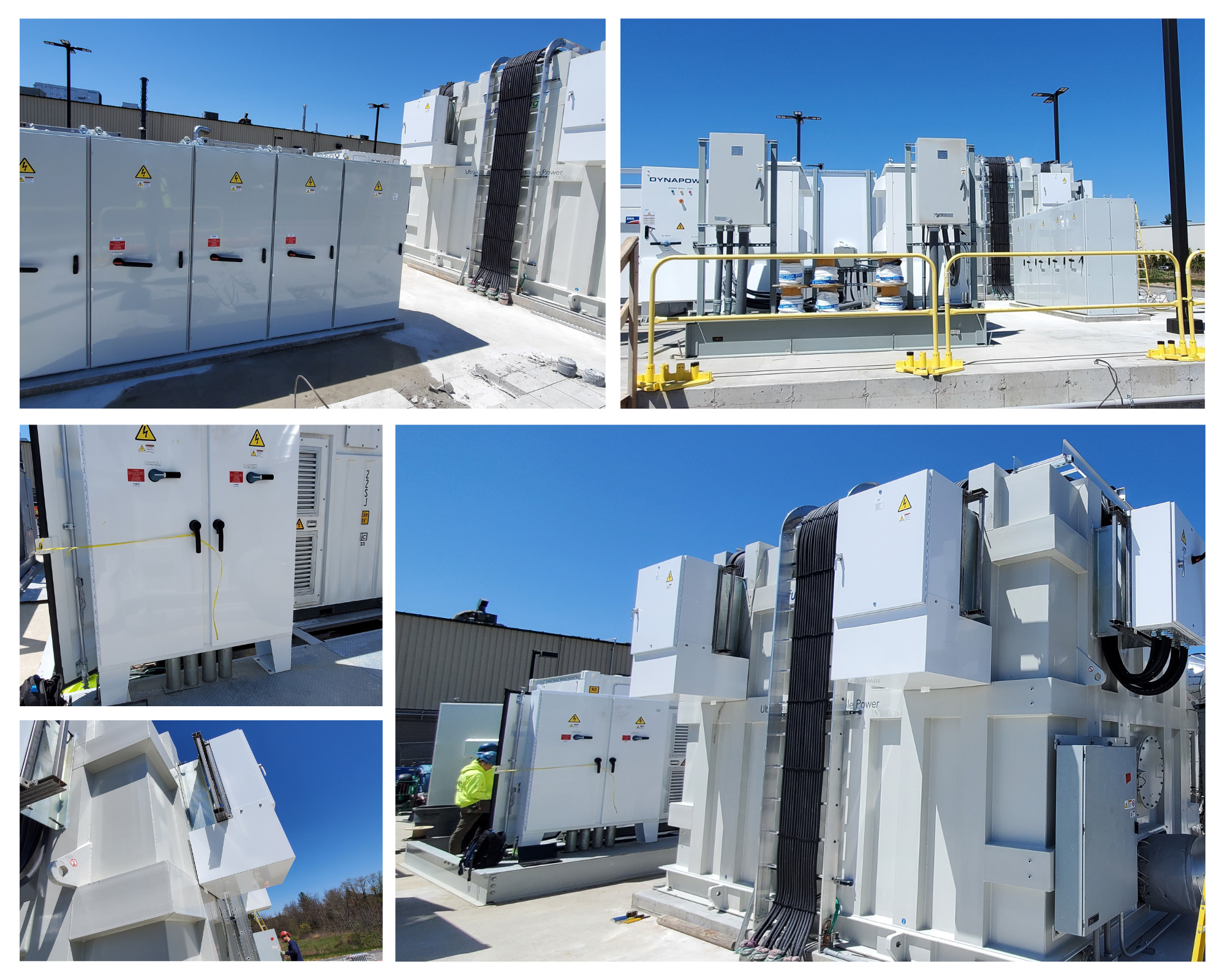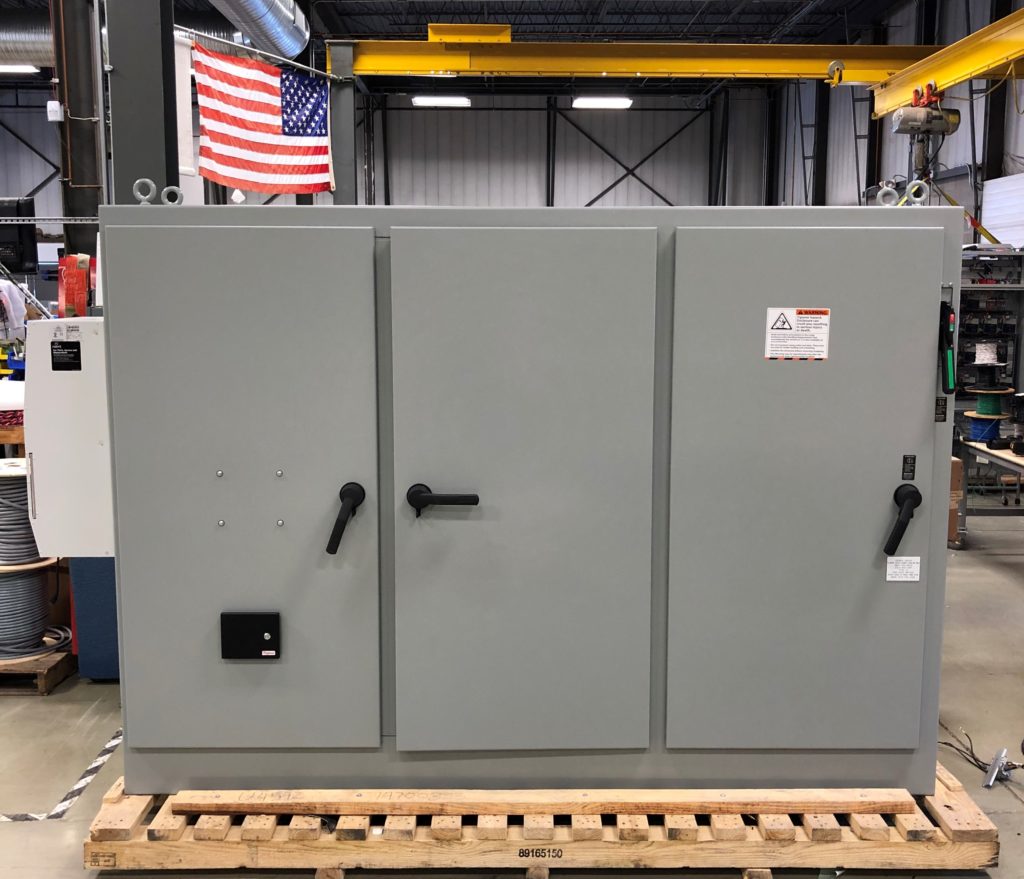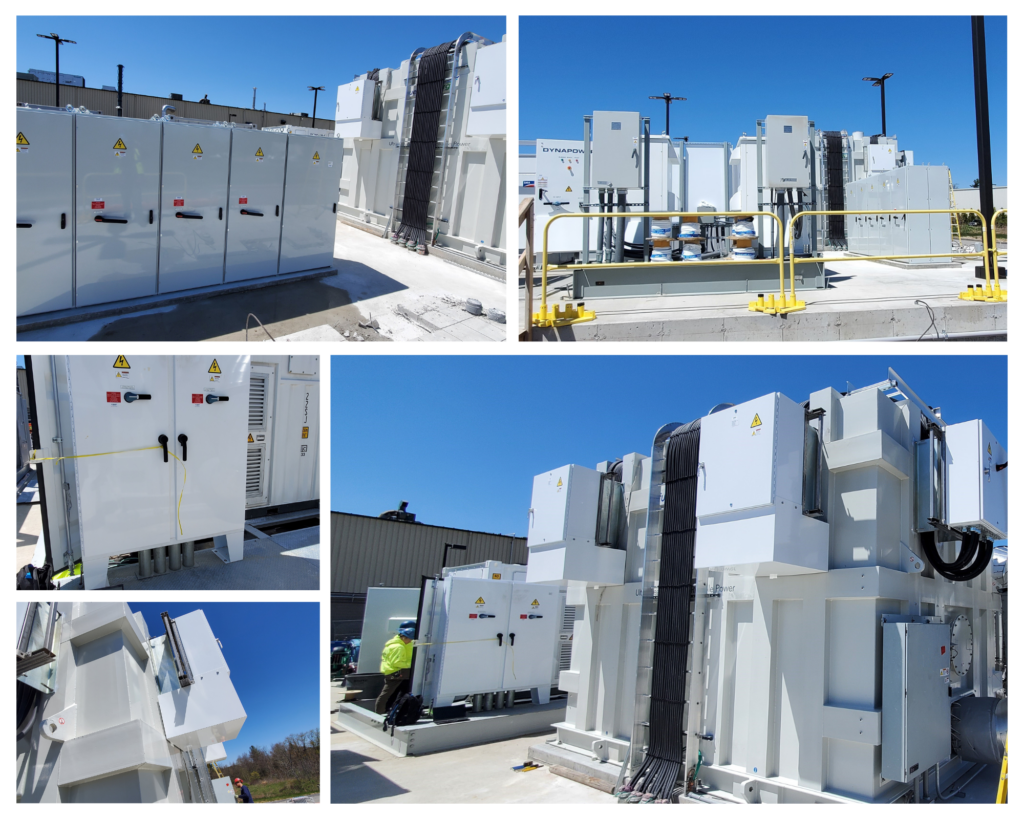Picture this: you walk into a manufacturing facility. Everywhere you look, you see cabinets that are holding some electrical equipment. They appear to be unique to this facility — they must have been custom-built.
But someone has to manufacture these cabinets to ensure the facility runs smoothly, right?
The answer is yes. An outsourced company with engineers is commonly hired to customize products to fit the customer’s needs. But, there are still unanswered questions — were they specially made for this manufacturer? Did they design them? Did the hired team do the designing?
Contract Manufacturing and Design-Build are the two different services that are offered to fit your needs. Although they might sound different, they share a key similarity – the end products are built by an external manufacturer and delivered to the customer for installation in their facility.
More often than not, these two services get confused.
At ASG, we have first-hand experience, as we offer both of these services. Our expert engineers can give insight into how these services differ and how one could be more beneficial for you than the other.
What is Contract Manufacturing?
Contract Manufacturing is the process of manufacturing an already-designed product. When a company comes to a provider, they have a set of blueprints already designed. These prints are usually good to go from the customer, so it really is only the building that the manufacturer would be completing.
For example, let’s say you had an engineer that works at your company draw up blueprints of a cabinet you were looking to install in your facility. Since your company does not have the capability of building these custom cabinets, you would need to find someone who does. So, you bring the design to a team that builds these cabinets and boom — your dream comes to life.
What is Design-Build?
However, a lot of facilities don’t actually have the on-site capability of an engineer designing a blueprint with enough detail to outsource just the build. This is where the service of design-build comes into play.
Design-build is the process of outsourcing an entire project to a company. From the design of the product to the execution of manufacturing and installing it, design-build is a top-to-bottom service.
To adequately execute the product you are imagining, you are required to meet with the company’s engineers to communicate that build. From the wire color to the dimensions of the electrical panels on the inside, you are able to completely control and customize the final product without having to lift a finger. The design and manufacturing is all in the outsourced company’s hands.
For example, going back to the custom cabinet project. Let’s say this time around, you don’t have an engineer on-site that has the ability to design the product. So, you meet some engineers and express your wants and needs, and from there, they design some prints. If approved (sometimes this can take a while — and that’s okay!), the execution of the manufacturing and building will move forward.
Contract Manufacturing vs. Design-Build
Now that we’ve covered the basics of the two manufacturing services, let’s dive deeper into key features that can help you determine which could be a better solution for you.
Time and Effort
An enormous part of these two services is the difference in the overall time from start to finish.
Contract manufacturing is a quicker process. Since you approach the outsourced provider with blueprints already created, it is a matter of approving those prints and starting production.
Design-build, on the other hand, is a bit more intensive and involves a lot more back and forth. Unlike contract manufacturing, you are not arriving with your blueprints in hand, but rather with only an idea in mind of what you want. The engineers will then design for you, and after that approval, then it goes into production. Because there is more back and forth, it could take weeks and even months to get these designs into production.
Tip: If you have the ability to in-house design these products, you may want to consider doing so, as it could be a time saver. But, if you do not have the ability to design in-house, outsourcing is a great option.
Communication
Whether you choose contract manufacturing or design-build, consistent communication is crucial to ensuring your project’s final product meets your expectations and functions correctly.
In both scenarios, you are outsourcing part of the process to another company. If you don’t adequately communicate your needs to their team, there is a significant risk of errors. Miscommunications can delay your product’s production.
Tip: Ensure you have an employee dedicated to maintaining communication with the outsourced company. Assigning someone who is unavailable or slow to respond can lead to substantial miscommunication from the start.
Price
For both contract manufacturing and design-build, the prices vary greatly.
First, the price is determined upon the amount of labor that goes into the job. Each company charges a different amount per hour.
Then, the price is determined upon the products required – the customizations cause differing prices.
These prices start at around $4,000 and only increase from there.
Knowledge and Expertise
There are different levels of knowledge your team may need depending on the service you choose.
When choosing contract manufacturing, you submit a blueprint or design to the outsourced team for production. This requires having an in-house engineer who understands the specifics of what you want to build.
If you choose to go with design-build, a basic understanding is needed, but the specific details are handled by the outsourced team. They provide the expertise, so you don’t need an in-house engineer who can design the product from scratch.
Let’s apply this to an example:
At a facility in Florida, frequent hurricanes and storms can cause power outages. To ensure your facility can continue operating, you decide on a battery storage solution. This involves having a large enclosure housing solar batteries that provide power when the main supply fails.
You know what you need from online research but lack the in-house expertise to specify the exact batteries and installation requirements. You find that ASG offers a design-build option and reach out to them. From the first meeting, they provide detailed information on how to keep your facility running during power outages.
You become a customer. Their expertise, which you lacked in-house, enabled them to design the perfect solution and start production.
In this case, having limited in-house knowledge was acceptable because the design-build company provided the necessary expertise. Design-build was your best option since your team couldn’t design the solution to the required specifications.
Tip: Ensure you know the level of expertise and knowledge your team has.
There are many features that can lead you to the right solution for you. If you have someone on your team that is well-suited for the fit of a designer, then contract manufacturing is for you. If that person does not exist on your team, design-build could be the way to go.
ASG’s Take
We don’t believe there is inherently better or worse than the other.
If you have the tools and expertise to design in-house and only need to outsource production, contract manufacturing might be the right choice. However, if you lack the necessary tools or knowledge, outsourcing the entire project through a design-build service could be more beneficial.
At ASG, we aim to provide the best service possible, which starts with understanding your needs. If you are looking for battery storage solutions, control panels, or any other electrical manufacturing products, feel free to contact us. We’re here to help guide you toward the best solution for your needs.





